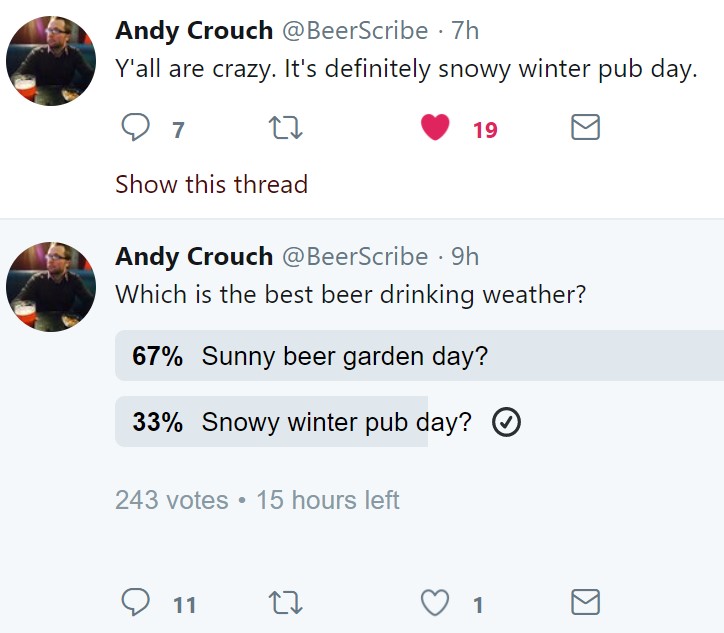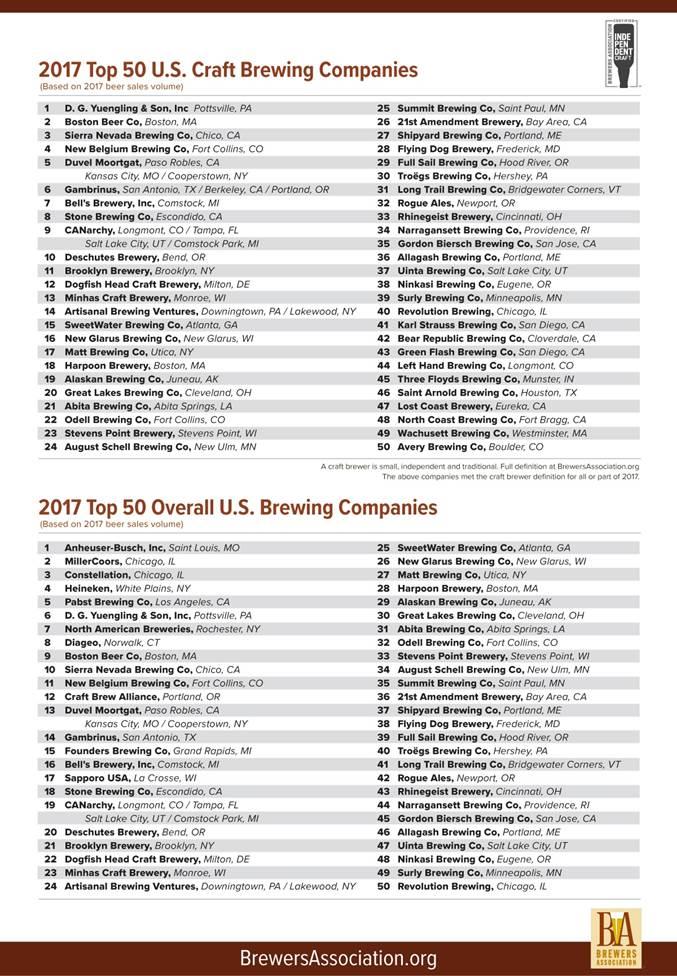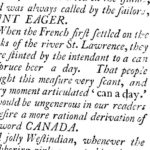If you are one of those types who have a tribal belief in a “craft community” and associate with a form of alcohol like normal people believe in things like religion, political parties, model train layouts or materialist somnambulism comfortingly disguising the actual nature of human existence, well, you might be the sort of person who believes that big brewing companies are (a) out to get your tribe and (b) spend a lot of time thinking about your tribe. In fact, they are thinking about China:
Anheuser Busch, the producer of Budweiser, raised its wholesale price by nearly 50 percent from March 10. Harbin Beer is also planning to raise prices in April. Zhu Danpeng, an independent food and beverage analyst, said: “As consumers are seeking good beer, it is inevitable for beer brands to adjust their portfolio and raise prices for their mainstream products, mainly medium-end beers.” The cost of raw material is a major driver for the price surge. According to a statement from Tsingtao Beer, packaging material costs have gone up, pushing up production costs. Snow Beer also blamed increases in raw materials, packing and labor costs.
If you think about it, that passage looks a lot like the sort of press release big craft brewers issue from time to time. There is a reason for that. It’s because what they have in common is that they are likely not really all that true. As with craft, price increases like this are far more about reward and opportunity than expense. Just as US craft has regularly seen growth in revenue outstrip growth in production (per unit opportunistic inflation), sales revenue of major beer producers in China rose 2.3 percent in 2017 even though production was down 0.66 percent. In that arguably tight a context, why would ABInBev raise wholesale prices 50%? Obviously… because it can.
Here is a power point presentation, a tellingly short power point presentation, on ABInBev’s plans for China. Key message: China big. ABInBev is right there and being big, too. Last December it opened a new brewery in southern Fujian province that can produce an astounding 160,000 cans per hour. They are presenting their products like Bid as higher end consumables. And a few weeks later, the ZX Ventures division of ABInBev opened another new brewery in Wuhan to brew bulk craft products like Goose Island. These are investments of whacking piles of money intended to make many many more whacking piles of money:
According to industry research website Chinairn.com, the market share for premium beer is around 4 per cent compared with traditional beer. But this share accounts for more than 18 per cent of profits in the industry, while the market is expanding at the rate of 40 per cent a year. Eyeing the growing market, Mr Wang Deliang, brewery research director at the China National Research Institute of Food & Fermentation Industries, says that investment in the craft beer sector has been expanding in recent years as beer makers chase profits of up to 30 per cent.
Money. Whether in a tiny new US-based brewer’s taproom, Chinese-made craft or big bloated global big beer or any of the other forms of the front end of the trade these days, it’s about money. Which is fabulous. Beer and money have always been twinsies. BFFs. If you don’t think so, look at a sector like big old US craft that is suffering, stagnating or shrinking. Left only to serve as finger wagging Oldie Olsons to the few left listening.
The lack of money may well be the root of all folk music but a future in beer it is not.













